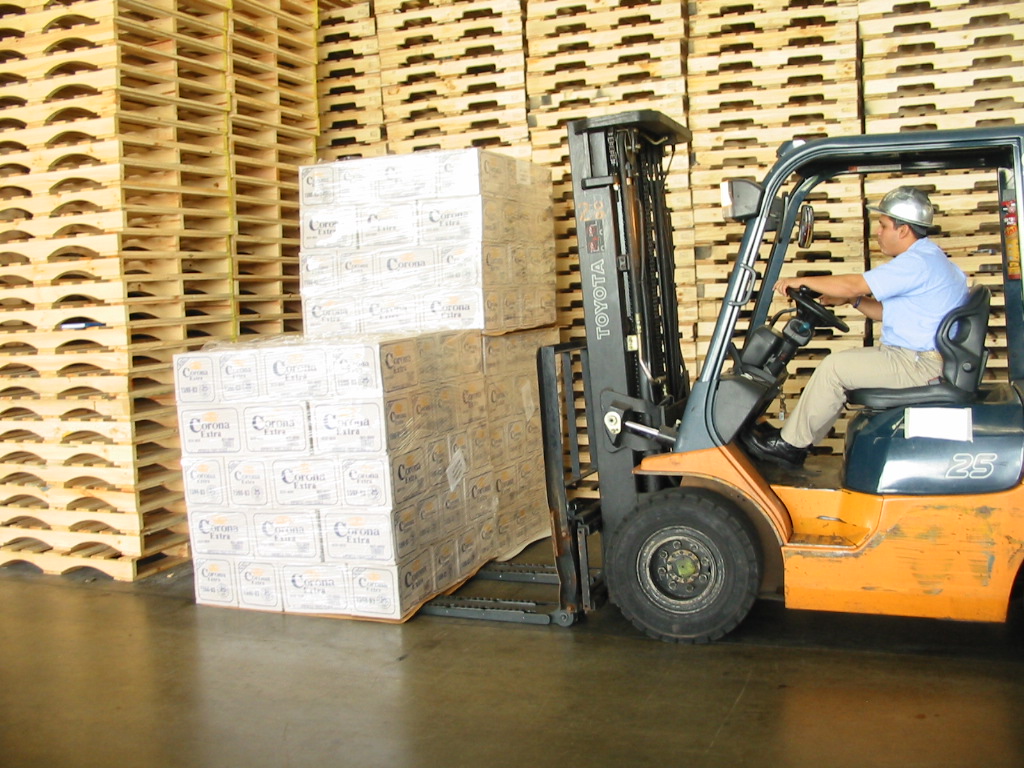Slip sheet handling saves millions
Do you know the definition of a pallet? Wikipedia provides the following definition: A pallet is a transport unit. It is a wooden or plastic plateau on which goods can be stored and transported. In short, a pallet is a carrier for goods. This pallet, made of either wood, cardboard or plastic only needs to carry goods from point A to point B and is then stored together with the goods.

On average, the costs for a simple pallet are EUR 6.00, depending on the type. A 40 ft container can house approximately 20 pallets measuring 1,200 x 1,000 mm. A total of EUR 120.00 in pallets thus fits into one container. You or the customer must pay these costs, while a slipsheet costs an average of EUR 1.50. You thus save EUR 90.00 per container for a single load and EUR 180.00 for a double-stacked load.
So why are people still using standard pallets although they are inefficient due to the purchasing costs? And these carriers are very thick to boot at around 140 mm! If you want to stack goods two high (two pallets stacked on top of each other), the lost space is at least 240 mm. The lost girth can thus not be used for storage and/or transport of your goods and negatively affects your efficiency.
It is therefore self-evident that companies such as Unilever and Corona have switched to slipsheets, which generates enormous savings.
Of course, as a manufacturer one must invest internally in logistics before you can switch to palletless transport. Depending on the flow of goods and the volume, a company can decide to purchase a Pallet Inverter the pallet can be rotated and removed and the pallet can be replaced by a slipsheet. This procedure is primarily carried out at the moment the container needs to be loaded and can be critical as regards loading time. Alternatively, you can purchase pallets or have them modified with a few extra boards on the top layer so that RollerForks can easily move between the layer and the sli psheet. These goods are then placed directly on these so-called RF pallets during production and stored in the warehouse. When the container arrives the pallets are driven out of the warehouse and the load is taken off of the pallet.
This process is just as fast as lifting a standard pallet due to the extra opening. Another thing to consider is investing in a slip sheet feeder. The slip sheet feeder automatically picks a single sheet from the warehouse and places a slip sheet or pull sheet on the pallet.
The goods recipient can often use an existing fork-lift with mounted RollerForks or an electric pallet truck as counterbalanced design. When the RollerForks are shoved underneath the load it can be placed directly on the available standard pallets. No other special adjustments are required on the part of the recipient. The RollerForks require no additional hydraulic connection because they are mechanically driven and maintenance-free.








